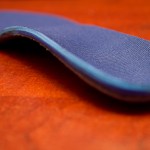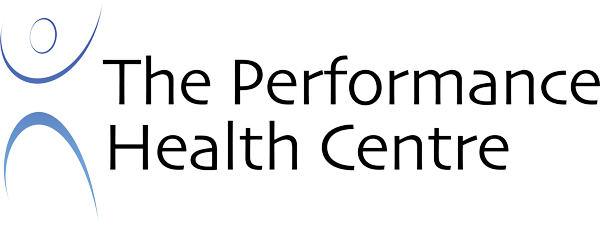 Starting from the bottom up, proper foot biomechanics are key to correct body movement and function. Dysfunctional joints, muscles, or tendons within the feet, if left unattended, may cause disruption in foot mechanics. This can initiate pain within the feet, which possibly may cause biomechanical compensations resulting in knee, hip, and or low back pain. A solution, after hands-on treatment is exhausted, may involve the use of orthotics, custom made to fit you.
Starting from the bottom up, proper foot biomechanics are key to correct body movement and function. Dysfunctional joints, muscles, or tendons within the feet, if left unattended, may cause disruption in foot mechanics. This can initiate pain within the feet, which possibly may cause biomechanical compensations resulting in knee, hip, and or low back pain. A solution, after hands-on treatment is exhausted, may involve the use of orthotics, custom made to fit you.
Orthotics (also known as orthotic insoles, shoe inserts, or orthoses) are fabricated inserts worn inside the shoes with the purpose of restoring our natural foot function. This is necessary when the natural biomechanical balance of our lower body has been disrupted by over-pronation. Many common complaints such as heel pain, knee pain and lower back pain are caused by poor foot biomechanics.
Biomechanics is the science that studies the body’s movements during walking, running and sports. The most common form of bad foot biomechanics is over-pronation, which is the dropping of the arches and rolling inwards of the feet and ankles, and affects an estimated 70% of the population. Orthotic insoles correct over-pronation and realign the foot and ankle bones to their neutral position, restoring natural foot function. In turn, this will help alleviate problems not only in the feet, but also in other parts of the body, such as the knees, hips, and lower back.
Why do we NEED Orthotics?
Over-pronation. It is estimated that 70% of the population suffer from a condition called over-pronation due to flat feet or fallen arches. This condition presents itself in varying degrees of severity, with some people over-pronating more than others. The fact that so many of us suffer from over-pronation due to fallen arches can be contributed to the hard, flat surfaces we walk on daily. Other factors that play a role include age, weak ankles, and excess body weight. As a result, over-pronation is much more prevalent in people in their fifties and older, and also in overweight persons. Orthotics help realign your lower body. Over-pronation doesn’t pose a serious problem in many cases, especially for younger people. However, abnormal foot function caused by over-pronation can lead to serious foot problems like heel pain, heel spurs, plantar fasciitis, metatarsalgia – even knee pain and lower back pain in some instances. Orthotics correct the problem of over-pronation, and can help reduce or eliminate many common aches and pains. Orthotics are an effective and inexpensive solution to the over-pronation problem. Buying a pair of orthotics can be a worthwhile investment in your health, since they can prevent many serious lower body problems.
How are Orthotics different from regular shoe insoles?
There’s a significant difference between regular insoles and orthotics. Regular insoles are purely designed to provide a cushioning effect and shock absorption. They may feel comfortable at first, however they do not address any biomechanical problems, i.e. they are not designed to correct over-pronation. On the other hand, orthotics are a functional device, designed to correct and optimize our foot function. Some insoles also feature an arch support, however they tend to be mostly made of soft materials. As a result, the support they provide is often too weak to have any effect.
How do Orthotics work?
First of all, orthotics do a lot more than support the arches. Orthotics realign the feet and ankles, and restore deficient foot function. In addition, orthotics enable a more even weight distribution, taking pressure off sore spots (e.g. the heels, the ball of the foot, corns in between toes, and bunions). They also provide some degree of shock absorption, but this is not their main purpose. The main purpose of an orthotic insole is to improve foot function, in many cases reducing pain and preventing serious problems and injuries in the future.



